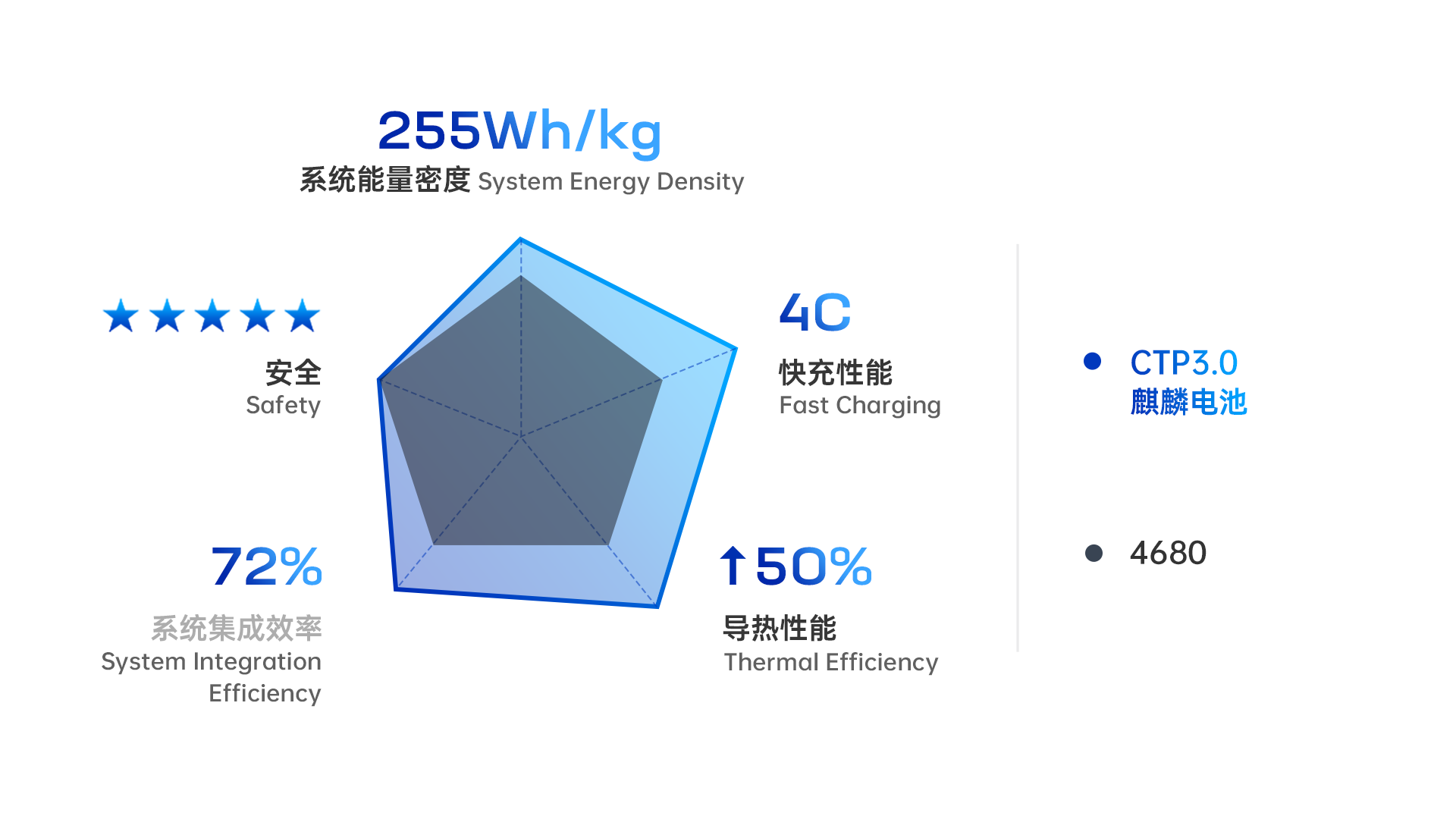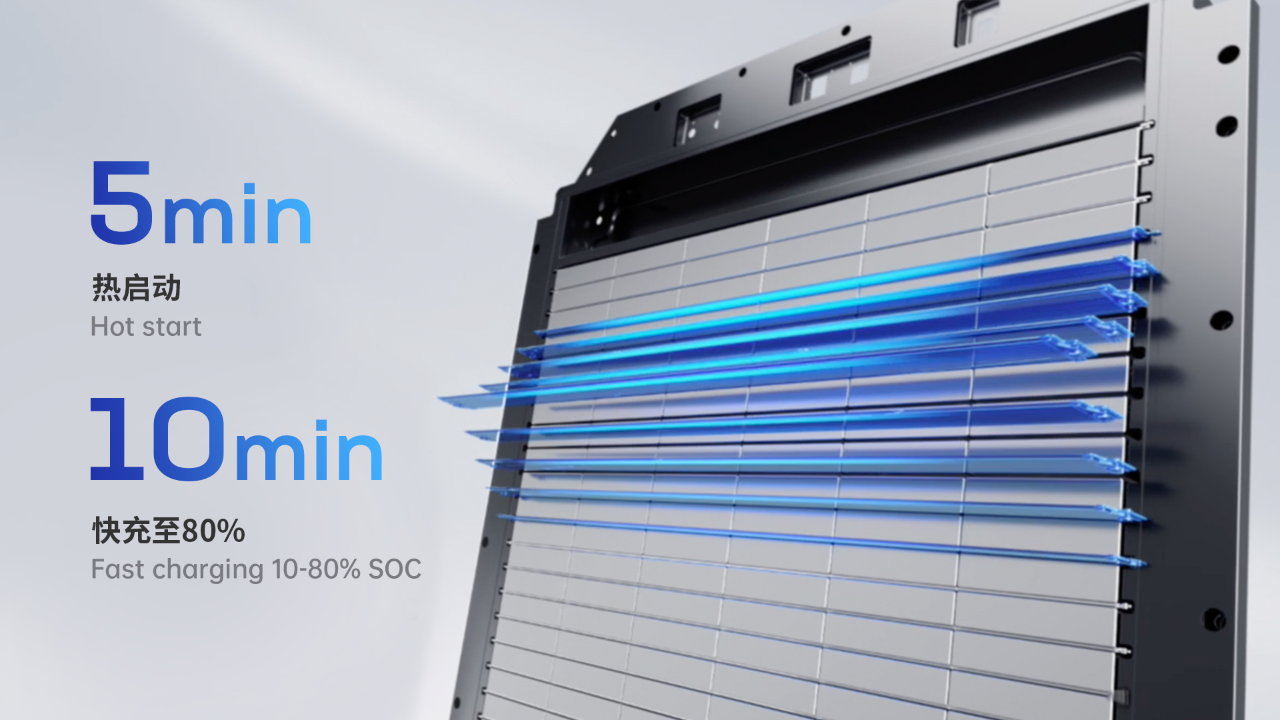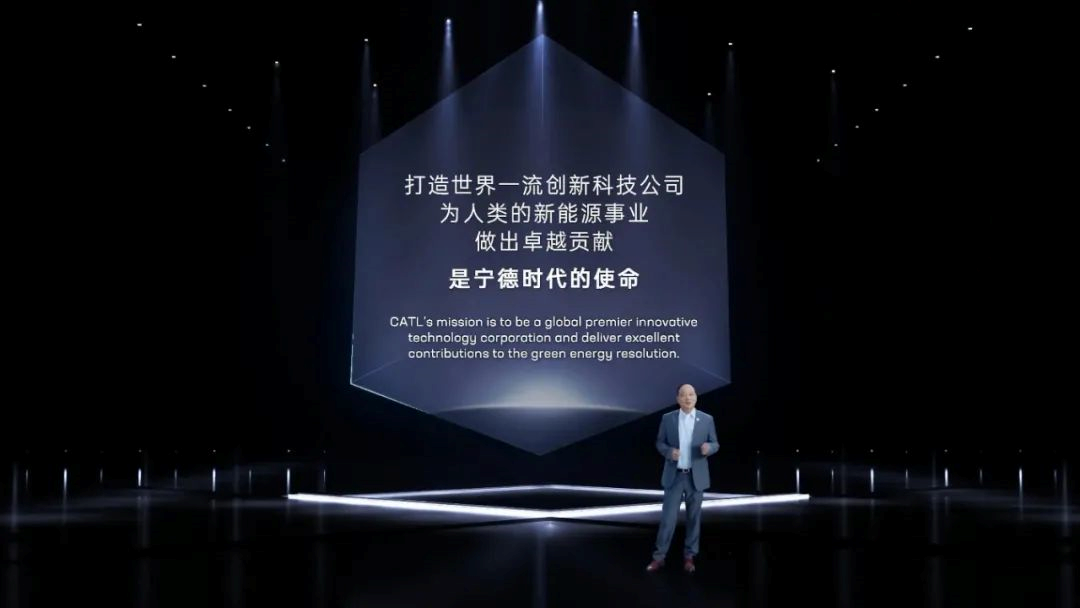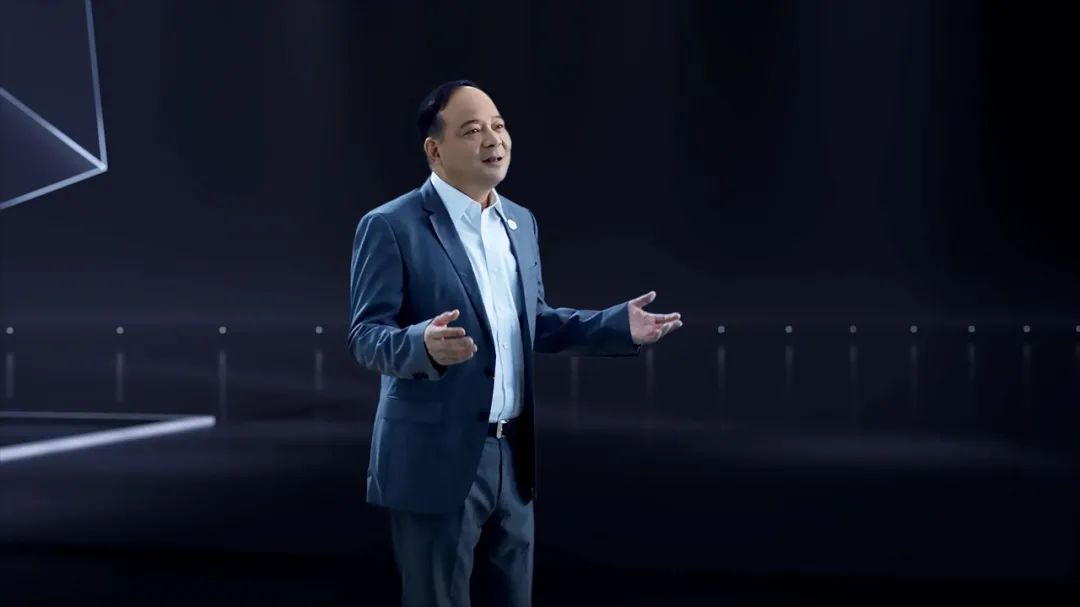Who can surpass CATL?
“After the maturity of CTC battery technology, what direction should CATL take?”
In recent years, the power battery market has been booming, and the controversies and wars surrounding CATL have never stopped. However, CATL chooses to rely on technology to constantly break through itself and grasp the market discourse power.
At the end of June, the release of CTP 3.0 battery, also known as Kirin battery, is regarded by the industry as a “declaration of war” by CATL and an embodiment of its continuous consolidation of technological advantages.
In the eyes of “AutocarMax,” Kirin battery has two missions: to defend the discourse power of CATL and lead power batteries from “price competition” to “value competition.”
There was a market thesis that “the competition pattern of power batteries has not yet fully formed, and there will be a watershed in 2023.” Will the Kirin battery, which will be put into mass production and launched in 2023, be this watershed?
The “revolution” in battery technology
All in all, the release of CTP 3.0 Kirin battery can be seen as CATL’s surpassing of itself. Surpassing oneself has always been CATL’s style. After all, in the midst of all the turmoil and competition, only the steadfastness of one’s heart can withstand the noise from outside.
This principle has been practiced since CATL was founded by Zeng Yuqun in 2011.
However, under his leadership, CATL is not an opportunist, but is very good at playing its cards. In 2017, CATL took over the olive branch thrown by BMW and provided batteries for its pure electric vehicles. After hard exploration, CATL successfully overcame technical difficulties and stood at the forefront of domestic power battery technology.
At that time, people were not too clear about what this would mean, and many attributed CATL’s ability to stand out to the good opportunities. It was not until 2019, when CATL released the first-generation CTP battery technology at the Frankfurt Auto Show, that it created the world’s first non-module power battery technology structure, leading the world in technology, and the battery volume utilization rate exceeded 50% for the first time.
It can be said that the appearance of the CTP structure has changed the old pattern of electric vehicles, and the “battery technology competition” has been ignited as a new competition topic. At that time, Zeng Yuqun’s layout truly emerged. He did not lay out the evolution of a single technology route, but the entire new energy industry chain.Following the same CTP technology principle, BYD developed the Blade Battery. Then, Tesla’s 4680 battery was introduced, increasing the driving range by 16%, and was praised as a revolutionary product. The industry began to worry about whether CATL could maintain its “technological leadership”.
On various occasions, Zeng Yuqun has been asked similar questions. In fact, his previous statement is sufficient to respond to these doubts: “We are not a dark horse, we are accumulating strength.” This statement was praised by Meituan CEO Wang Xing as an entrepreneur who can be compared to Ren Zhengfei in the future. Now, CATL is following a road similar to Huawei’s, “insisting on doing one thing”.
When BYD released the CTB battery technology and its market value surpassed one trillion yuan, approaching CATL’s market value, CATL was not moved. Instead, it quietly launched the Kirin Battery and initiated a new technological revolution.
As the third-generation CTP technology, the launch of the Kirin battery is a perfect demonstration of Zeng Yuqun’s expertise and CATL’s mastery of “technological innovation”.
According to CATL’s introduction, the third-generation CTP technology has improved the driving range, fast charging, safety, lifespan, efficiency, and low-temperature performance. It can be applied to lithium iron phosphate and ternary batteries, covering passenger and commercial vehicle fields.
CATL’s chief scientist Wu Kai revealed that the Kirin battery has four major advantages:
First, high safety. The Kirin battery includes a water-cooled plate between two battery cells, reducing heat transfer between adjacent cells and preventing thermal runaway.
Second, improved battery life and safety. The Kirin battery integrates cross and longitudinal beams, water-cooled plates, and insulation pads into a multi-functional elastic sandwich layer, improving the battery pack’s anti-vibration and impact resistance.
Third, capable of high-voltage fast charging. Unlike the traditional water-cooling method, CATL’s global first electrothermal cooling technology places the water-cooling function between the battery cells, expanding the heat exchange area four times, and enabling 5-minute fast heat start-up and 10-minute fast charging.
Fourth, high energy density. The Kirin battery can improve the utilization rate of space volume to over 72%. The energy density can reach 255Wh/kg, and under the same chemical system and the same battery pack size, the energy capacity can be increased by 13% compared with the 4680 system.
As we all know, today’s competition revolves around high-energy-density power batteries, and market demand is rapidly expanding. The release of this innovative battery technology by CATL may support the continuous increase of its global market share and help the entire battery industry step into a new level.”Ningde era advocates implementing systematic engineering thinking throughout the entire R&D chain from materials, battery cores to system structure,” said Ningde era.
In this sense, Ningde era is redefining the innovation of battery technology. For example, with the release of Kirin battery, liquid-cooled power batteries are expected to become the mainstream technology, and the emergence of Kirin battery is also driving the upgrade of the industry chain…
Innovating power battery technology has always been Ningde era’s way of maintaining the dominance in the industry chain. Li Xiang, the founder of Ideal Automobile, tweeted “see you next year” shortly after the Kirin battery launch, which is also an affirmation of the leading edge of Kirin battery technology.
Immediately after, NETA Automobile and Lotus announced successively on social media that their new products would be equipped with Kirin batteries. The scene of striving to be the first is enough to dispel people’s doubts about “going to Ningde era” for car companies.
Even though Ningde era thinks that the launch of Kirin battery is a self-surpassing event, it also directly points out Tesla’s 4680 battery without any reservations, which is considered as the rival of Ningde era in the industry.
After all, before the release of Kirin battery, the last attention-grabbing “innovative” product in the battery field was the 4680 large cylindrical battery.
Musk spent a decade to evolve from the 1865 battery to the 2170 battery, and then to the 4680 battery. As Tesla’s third-generation cell product, the large cylindrical 4680 power battery, with innovative structure design of “no polarity ear”, increased power output by six times, reduced cost by 14%, and increased vehicle range by 16%. In addition, the heat-generating components of the battery were removed to reduce internal resistance, leading to higher thermal stability and controllability.
Musk has said that this is a huge technological breakthrough that makes it possible to produce electric cars at $25,000. Earlier this year, Tesla announced the production of the 1 millionth 4680 cell and Panasonic began trial production of 4680 batteries. Therefore, 4680 batteries will have a relatively high proportion of installation in Tesla’s new cars in the future.
In fact, this is not good news for Ningde era, but it was something Zeng Yuqun expected. He understands that only competition between multiple technological routes can accelerate innovative development.
Zeng Yuqun said, “Musk is always talking about cost issues. I told him that I will definitely have a solution.” Of course, Zeng Yuqun has more than once presented a “solution.” Kirin battery is yet another solution of his, with the core issues it solves still being range and safety, as these are still the key factors limiting the development of electric vehicles.# Kunlun Battery: Driving the evolution of battery structure optimization
The primary purpose of Kunlun Battery is to promote the optimization of battery structure. The fundamental basis of the competition between CATL and Tesla lies in who can optimize costs and provide more scientifically designed battery structures. A long-term goal is to break the barriers that have prevented the popularization of electric vehicles by developing batteries with the same range as gasoline-powered cars.

Kunlun Battery’s electric capacity is 13% higher than that of the 4680 system with the same chemical system and battery pack size. Additionally, the invention of large-scale water-cooled technology has led to a comprehensive improvement in range, fast charging, safety, lifespan, efficiency, and low-temperature performance.
These technologies show that, like Might for Might, CATL is not afraid of Tesla’s 4680 battery impact and has created a solution to Musk’s “cost reduction” tactic.
CATL aims to produce batteries that meet the requirements of zero heat expansion and achieve a range of 1000 km in 2023. The new Kunlun Battery, which will be mass-produced in 2023, is designed to reach this goal and to provide a 1000 km overall vehicle range.
This marks a new milestone. Kunlun Battery can support 5-minute rapid heating and 10-minute fast charging, resolving the pain points of low range and long charging times in EVs.

Safety is the core focus in EV products and power battery technology. Overall, Kunlun Battery outperforms the 4680 battery in energy density, range, and safety.
CATL’s third-generation CTP technology and the release of Kunlun Battery do put pressure on blade batteries and Tesla’s 4680 battery. The capital market has also recognized the technological innovation of Kunlun Battery, driving CATL’s stock price to a new high and increasing its market value to 1.27 trillion yuan.
Industry insiders say that “the technological upgrade of Kunlun Battery will further heat up the CTP race.” This also aligns with CATL founder Zeng Yuqun’s philosophy of firmly mastering core battery technology despite external noise.
Mastering advanced technology is equal to mastering the right to speak in the industry. There are two benefits for CATL: maintaining unique competitiveness and self-determination of pricing.
As CATL continues to lead in technology, more and more companies are entering the CTP battery industry. This is a good thing. Companies such as Honeycomb Energy and Zhongchuang Xinhang are launching CTP-related products, and their technology solutions have their respective advantages. This has a positive effect on the popularization of EVs and the alleviation of pain points.Challenge is always present. Zeng Yuqun, who has always adhered to the philosophy of “actions speak louder than words”, is very clear that “there must be a longer-term plan. What will the automotive industry look like in 2025? What about 2035? What preparations and plans do we need to make?”

From CATL’s technology roadmap, it can be seen that Zeng Yuqun has figured out how Ningde Times should proceed. As the industry leader, CATL hopes to upgrade the competition of power batteries from “price war” to “value competition” by continuously promoting battery structure technology. This is an essential path for the strong development of China’s electric vehicle industry.
In this regard, borrowing a sentence from Ren Zhengfei: there is no need for too much methodology in running a company, just simply perfecting the craftsmanship. It seems that Ningde Times, which is committed to excellence, is ready to make good tofu.
This article is a translation by ChatGPT of a Chinese report from 42HOW. If you have any questions about it, please email bd@42how.com.
